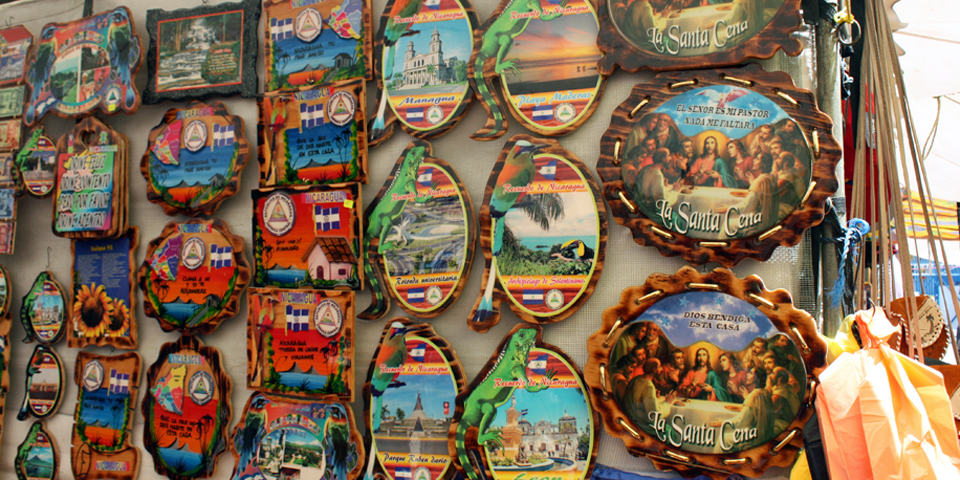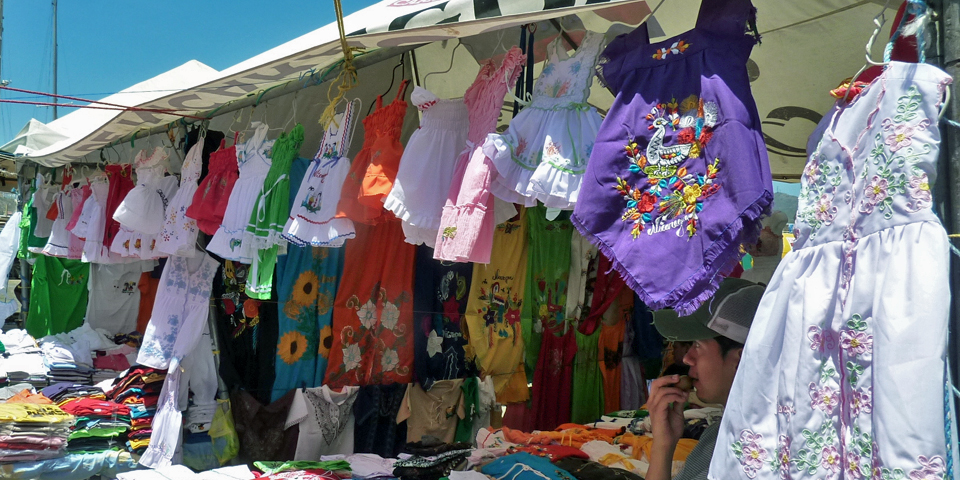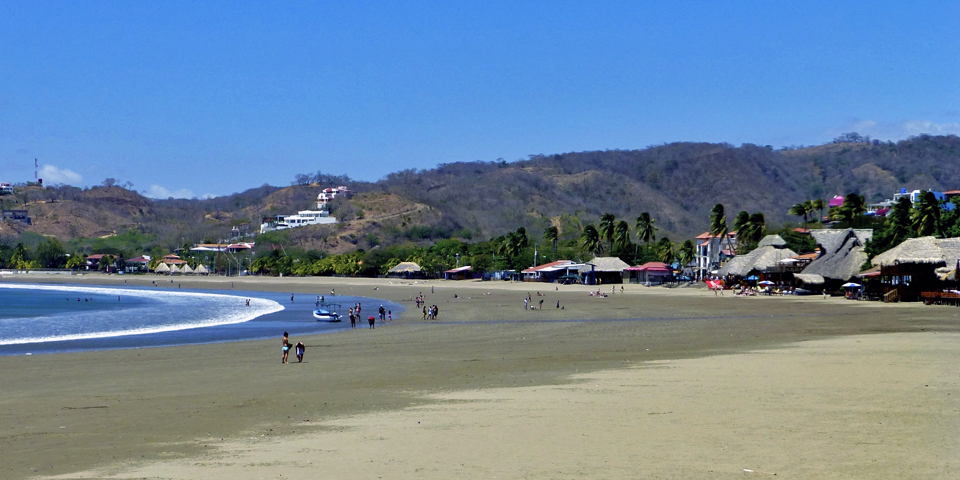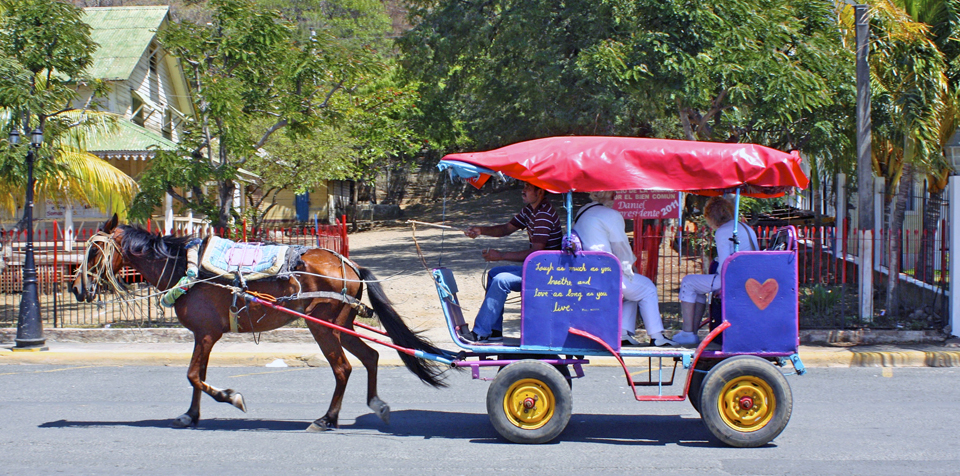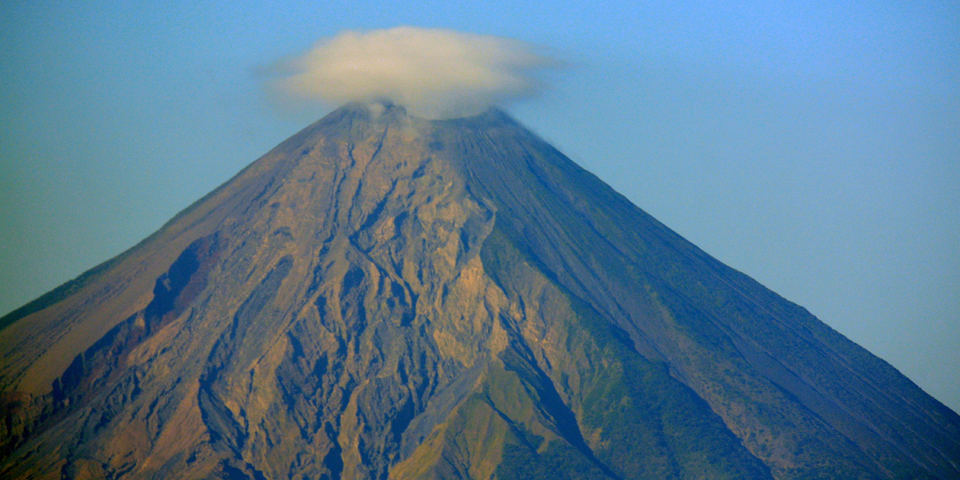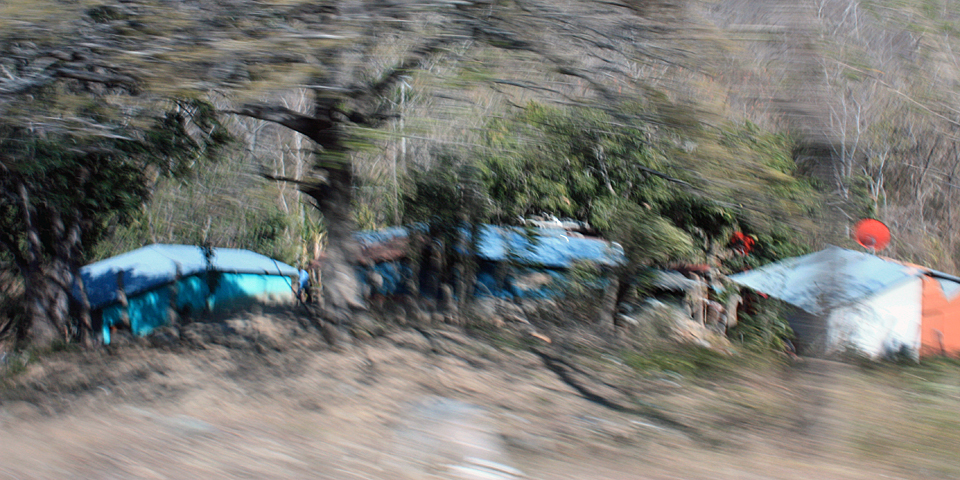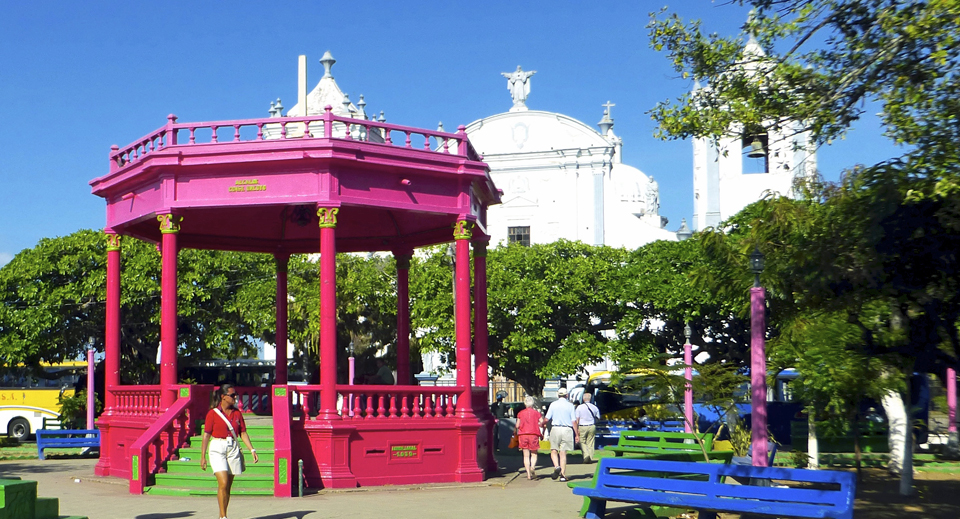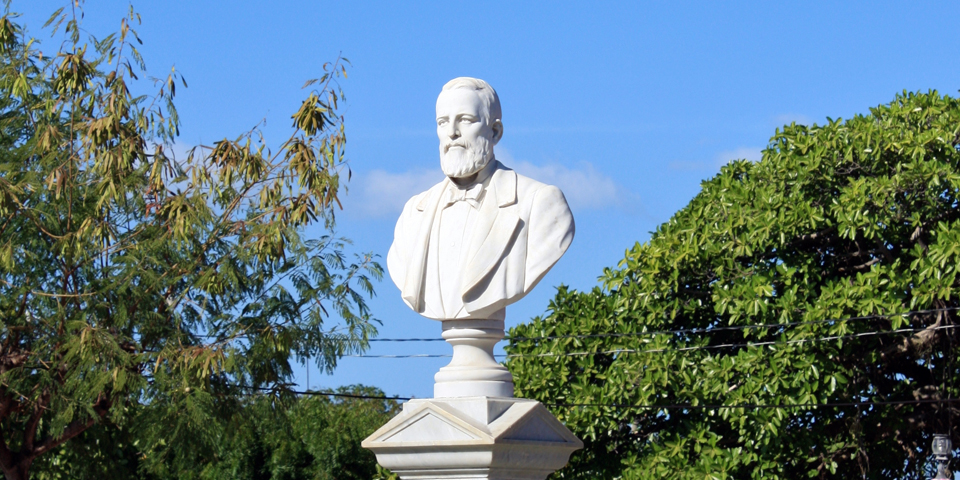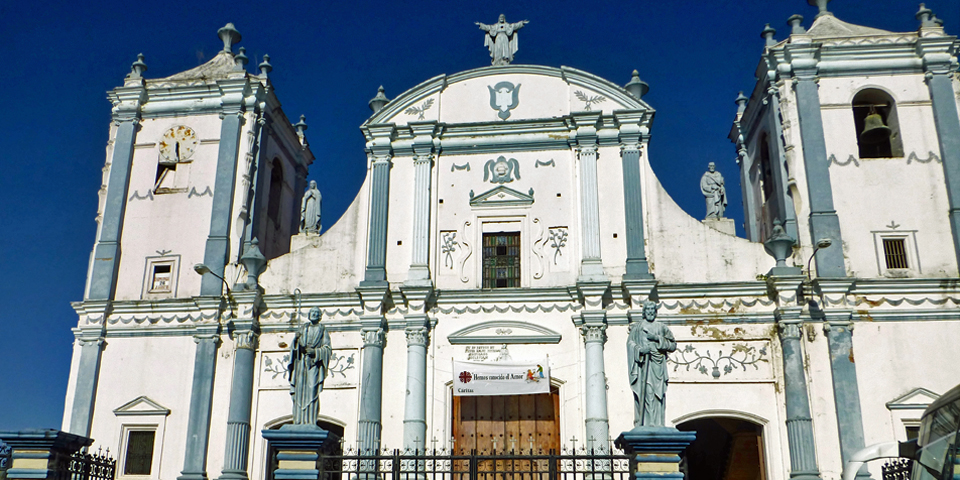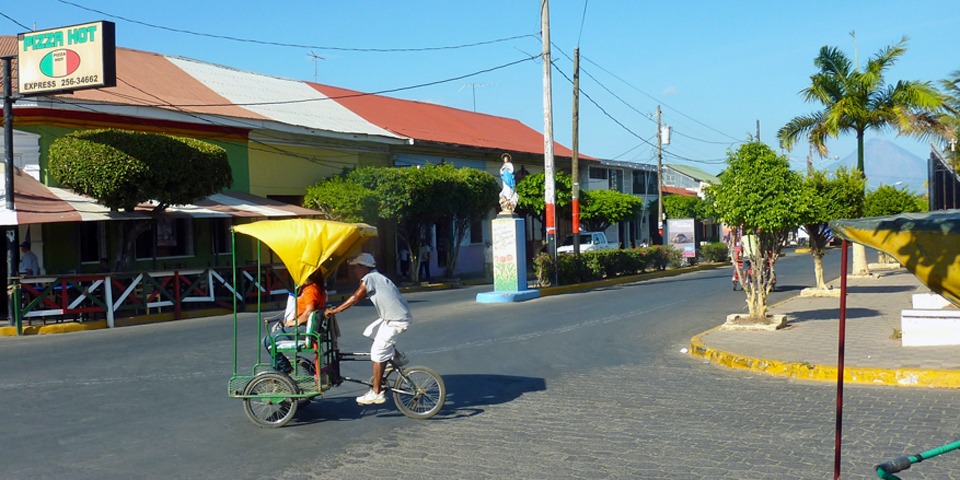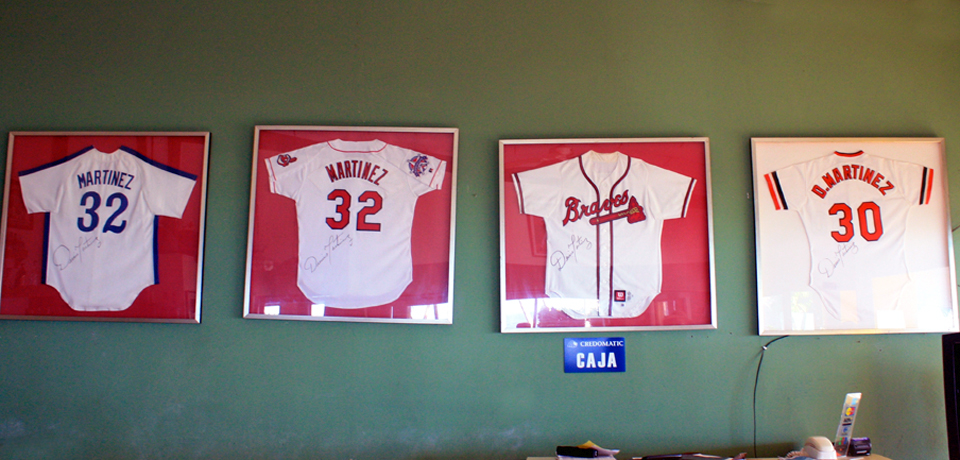Nicaragua: Land of Lakes and Volcanos
Nicaragua, which is about the size of New York State, is the largest country in Central America. This Land of Lakes and Volcanoes has fourteen crater lakes, more than any other country, and seventeen volcanos, all in a row, eight of which are active.
Mexicans migrated here around the 10th century A.D. and the Aztecs established trading colonies. Christopher Columbus visited in 1502. Nicaragua’s history has included conquistadores, dictators, disasters, interference from other countries,and economic collapse.
The language and Catholic religion of the Spanish conquistadors remain.
Nicaragua and its largest lake are named for Nicarao, for the chief and tribe that inhabited its shores. Legend has it that Lake Nicaragua was formed by the tears of a woman whose boyfriend abandoned her. She fell into the lake area and her breasts became the volcanoes.
Scientists believe Lake Nicaragua was an ocean bay that became an inland basin after a volcanic eruption. Over forty rivers drain into Lake Nicaragua, the 10th largest lake in the world. Ocean species of fish that adapted as the water became fresh remain, and this is the only place in the world with fresh water sharks.
Nicaragua’s natural attractions and historic colonial cities draw visitors. Americans and Europeans are also moving here, particularly to the historically and architecturally significant city of Grenada, for the slower pace, low cost of living, and the high-quality national health care.
Roger and I had the opportunity to visit Nicaragua as part of our Panama canal cruise aboard Cunard’s Queen Elizabeth.
The canal that never was
If Cornelius Vanderbilt had his way, Nicaragua, and not Panama, would have been the site of the canal that joined the Atlantic and Pacific Oceans. With its lakes and rivers, it was the natural choice. But rivalries, a revolution, and a ill-timed eruption changed Vanderbilt’s plans.
Many people from the East Coast of the United States wanted to get to California after gold was discovered there in 1848. The best alternative to traveling around Cape Horn was traveling by steamship to Panama then crossing the isthmus initially by canoe and mule, and later by rail.
The Gold Rush was on and Vanderbilt fueled it by establishing a more direct, faster, and more economical alternative with his steamboat line to a closer destination, Nicaragua. Mark Twain was among his passengers.
Vanderbilt held exclusive rights to form a transport company and to build a canal through through the Rivas isthmus, the strip of land that separates Lake Nicaragua from the Pacific Ocean. He organized the Accessory Transit Company, which took passengers from the Caribbean side up the 112 mile long San Juan River and across Lake Nicaragua to La Virgen for a 10/12 mile horse-drawn carriage ride to San Juan del Sur and the boat to California. He was, however, never able to gain the support and funding needed to build the canal.
While Vanderbilt was on a grand tour of Europe, schemes among rivals and disgruntled business associates created a tug-of-war over control of the transit company. Vanderbilt responded by orchestrating a revolt against the filibuster William Walker so that he could regain his shipping business. Walker had taken control of Nicaragua, revoked Vanderbilt’s rights and given them to a competitor in exchange for financial support for his military campaign. Ultimately, however, politics and photos of a Nicaraguan volcanic eruption made Panama the site of choice for the canal that was built by the United States.
The port San Juan del Sur
The fishing village and beach town San Juan del Sur is in southwestern Nicaragua, just north of Costa Rica. It was a stop for gold prospectors en route to California in the 1850s. A statue of Christ of the Mercy overlooks the area from a hill on the northern end of the bay.
A band was playing and dancers entertained us as we arrived in port.
We anchored in turquoise waters just outside the harbor, dwarfing the fishing boats, small sport fishing yachts, and sail boats closer to shore. This was the Queen Elizabeth’s maiden call at San Juan del Sur.
We had hoped to visit the port early to shop, return to the ship with our purchases, and head back to port for our tour. However, the waters were choppy, creating delays in boarding the tenders.
Vendors sell local wares right at the port — leather goods, woven fabrics, embroidered dresses and blouses, cigars, wooden carvings, and the pottery for which Nicaragua is known. We had time to buy some pottery to take with us on our coach tour, and hoped to buy more. We returned to the ship a little late, just as the vendors were leaving.
The port of San Juan del Sur has a dark-sand crescent-shaped harbor.
Cafés offered fresh seafood, local specialties, $1 local beer, and drinks of local rum and tropical fruits., and sometimes free wifi, a budget-friendly alternative to Internet rates while at sea.
For those not interested in a tour, the brightly painted thatch roofed waterfront cafes known as “palapa” are good places to relax during a leisurely day in this tropical port. With its surfing, sport fishing, and nightlife, it is about as touristy as Nicaragua gets. Although San Juan del Sur is, according to our guide, the most expensive village in Nicaragua, it was bargain-priced by our standards.
Nicaragua, though one of the poorest and least developed countries in Latin America, was named one of the happiest countries in the world in the recent Gallup World Poll. It ranked fourth for adults in terms of feeling rested, being treated with respect, laughing, smiling, enjoying themselves, and for learning or doing something interesting the day before. The pace is decidedly relaxed. As we traveled through the countryside back to our ship, we noted how many people were smiling or laughing while sitting out in front of their homes enjoying conversation or a bowl of rice and beans with family and friends.
Excursions
The few taxis for hire at the port are quickly snapped up. We were told not to expect that drivers speak English.
Horse-drawn carts provided a leisurely ride along the main street of the town and the shade of a canopy, something quite welcome in the tropical heat, especially for older passengers.
Booking one of Cunard’s shore excursions is the best way to make the most of the day. Full and half day options are offered. The most popular tours fill up quickly, so it is a good idea to reserve one in this port before the cruise.
The energetic and adventurous opt to climb the 4,430’ Mombacho Volcano on the western shore of Lake Nicaragua. It last erupted in 1570. The views of Lake Nicaragua and the city of Granada are renowned.
A visit to the colorful colonial city, Granada, “The Great Sultan of the Great Lakes” is a popular choice. It quickly becomes apparent to visitors why this largest town in the region is also known as the “City of Doors”. Granada was founded by Spanish conquistador Hernandez de Cardoba in 1524 and named after the city in Spain. The Spanish colonial architecture has given it the reputation of being the most beautiful city in Nicaragua.
Its direct connection to Atlantic ports via Lake Nicaragua and the San Juan River made it a center of commerce during the colonial period. William Walker was based here, and, unfortunately, set fire to much of the city when he left. A beautiful plaza and much of Nicaragua’s best remaining colonial architecture is found in its historical center. It’s a great place to enjoy a horse-drawn carriage ride.
Tours of Grenada are often combined with a drive to the Masaya National Park to stand at the edge of an enormous crater. The Masaya Market is the largest handicrafts market in Nicaragua. Ceramics, embroidered blouses, leather goods, woodcarvings, woven hammocks, wall hangings and floor mats are among the products found there.
A more leisurely tour option is A Glimpse of Nicaragua, an air-conditioned coach tour through the scenic countryside.
Pass simple shacks and colorful houses, fruit stands, and howler monkeys high atop tropical fruit trees while en route to Rivas for a tour of the plaza and San Pedro, one of Nicaragua’s oldest and largest churches.
There is time for a pedicab ride if you like.
People pass by in motorcycles and bicycle or horse-drawn carts.
La Mar Lake Resort
This is followed by an unhurried stop at La Mar Lake Resort, owned by local baseball legend. Baseball is big in Nicaragua, and no player is more revered than Dennis Martinez, first Nicaraguan baseball player in major leagues and the Latin-American player who won the most games. Between 1976 and 1998, he played for the Baltimore Orioles, Montreal Expos, Cleveland Indians, Seattle Mariners, and Atlanta Braves.
The stop includesfor fruit and a refreshing drink, a performance by colorfully costumed dancers, and plenty of time to enjoy the view of the volcanos.
La Mar Lake Resort, a hotel and restaurant, is on the shores of Lake Nicaragua. It overlooks twin volcanoes, the 4573’ Maderas and 5282’ Concepción, an active volcano that last erupted in 1983. The lava bridge between them forms the island of Ometepe. Pre-Columbian statues and idols discovered during the Spanish conquest are believed to be evidence of both North and South American civilizations.
Cruising is one of the most care-free ways to experience adventures in a variety of faraway places. Whether your ideal day is scaling a volcano, stepping back in time in an historical city, or sipping tropical fruit drinks under a thatched roof, you can find it in a day in port in the Land of Lakes and Volcanos, Nicaragua.




